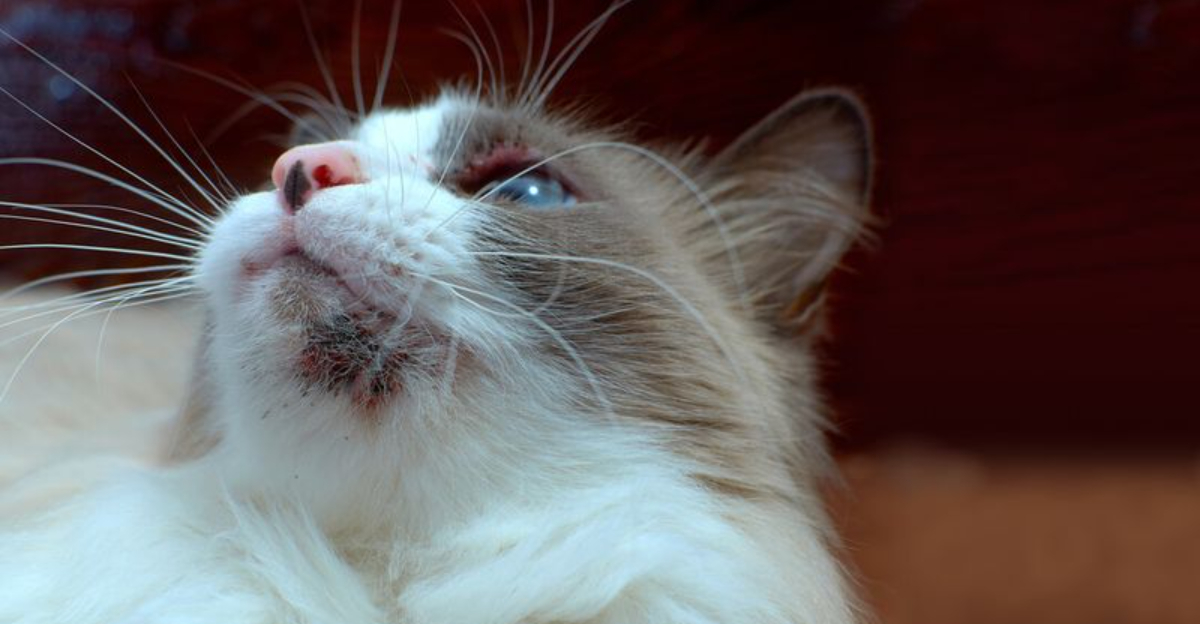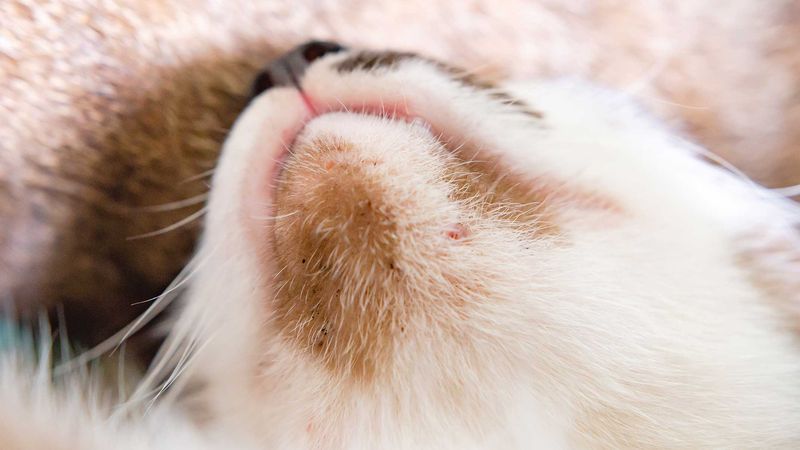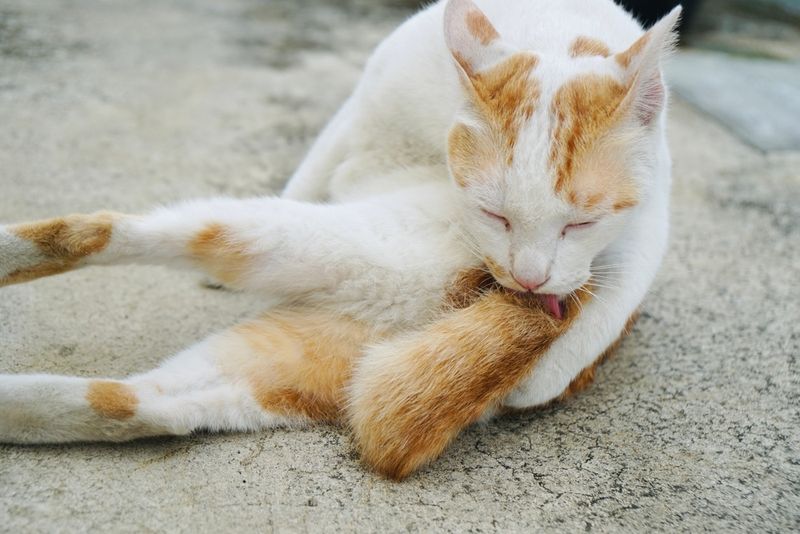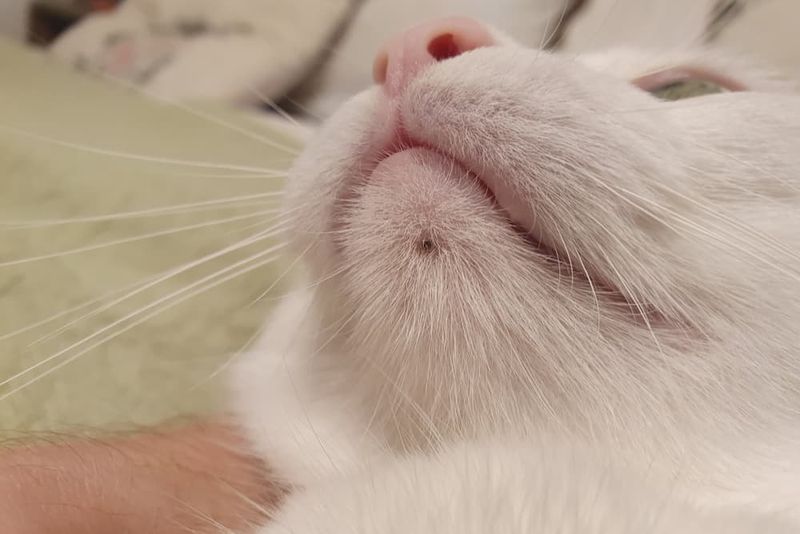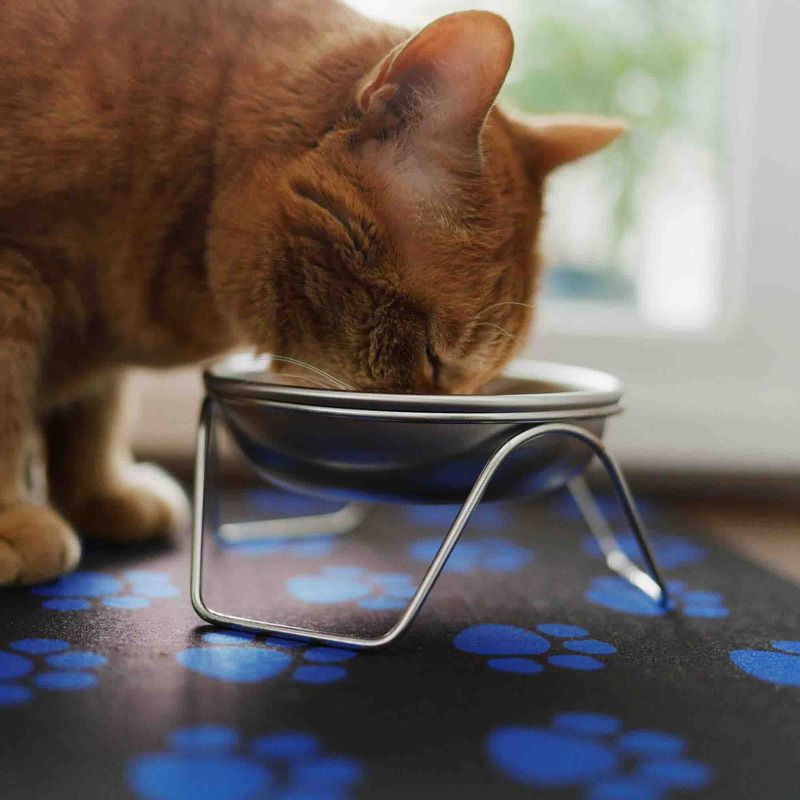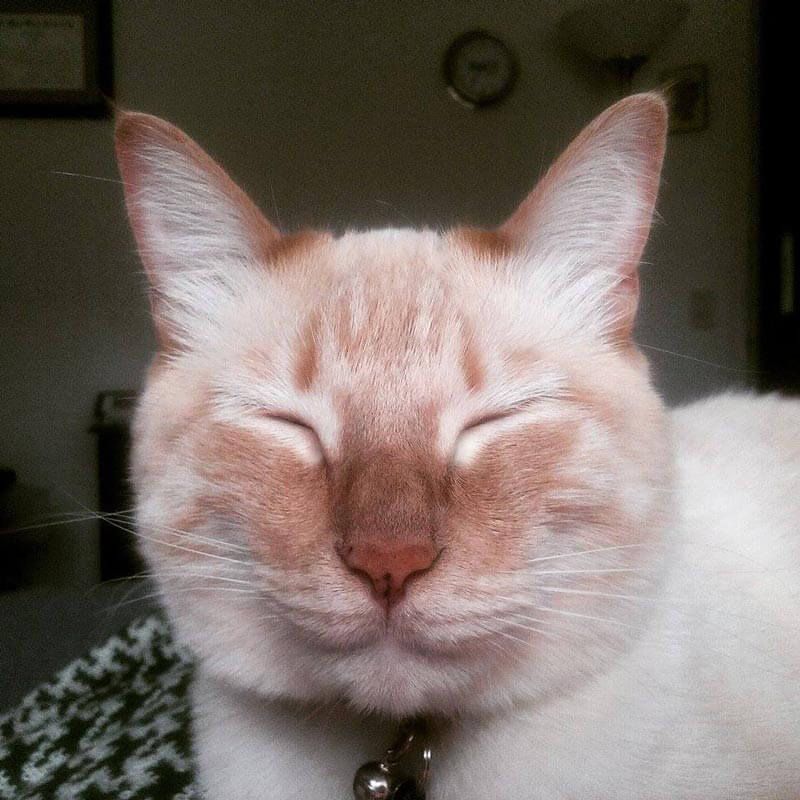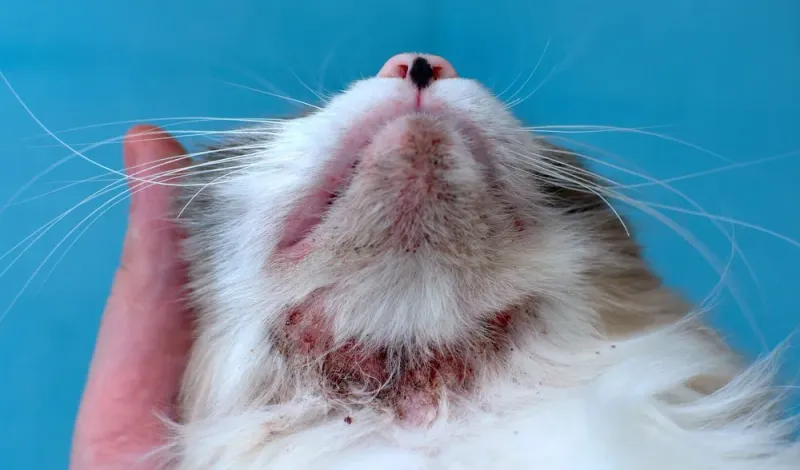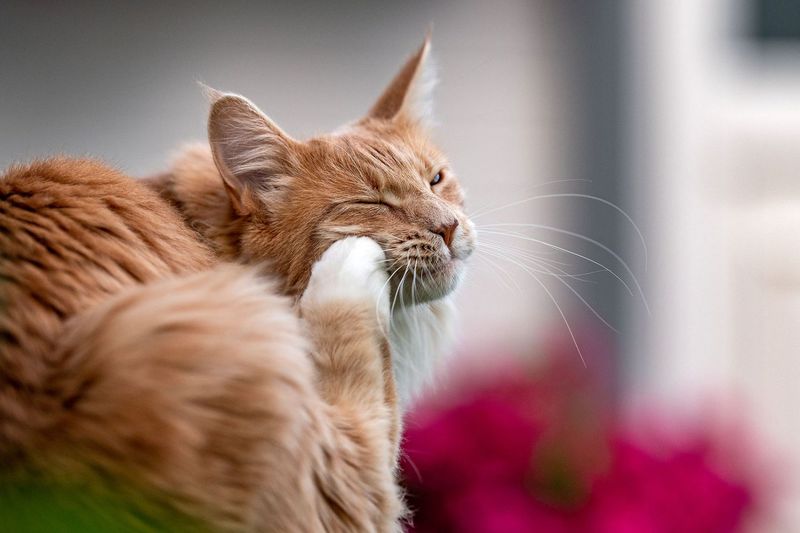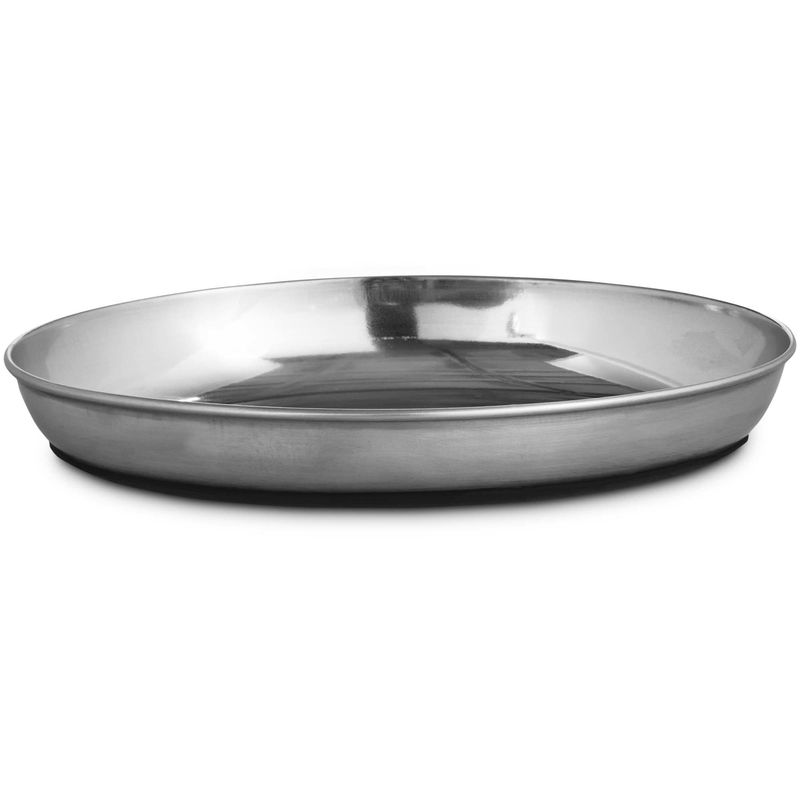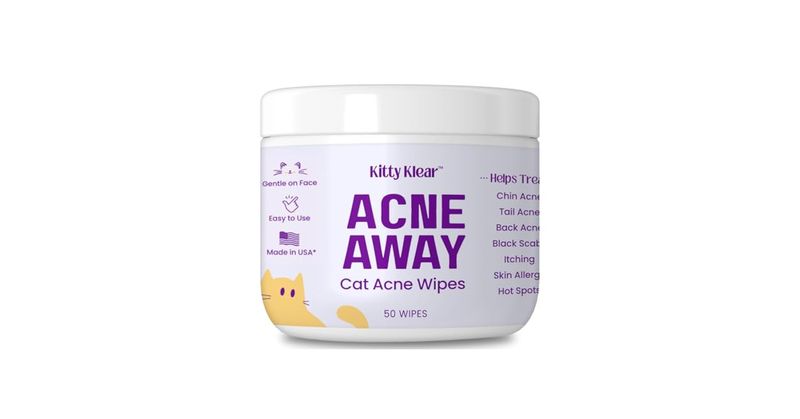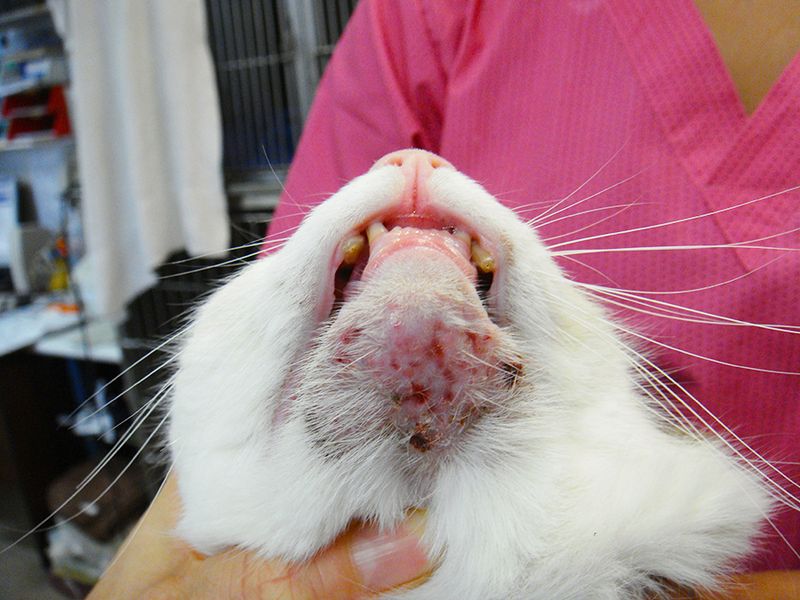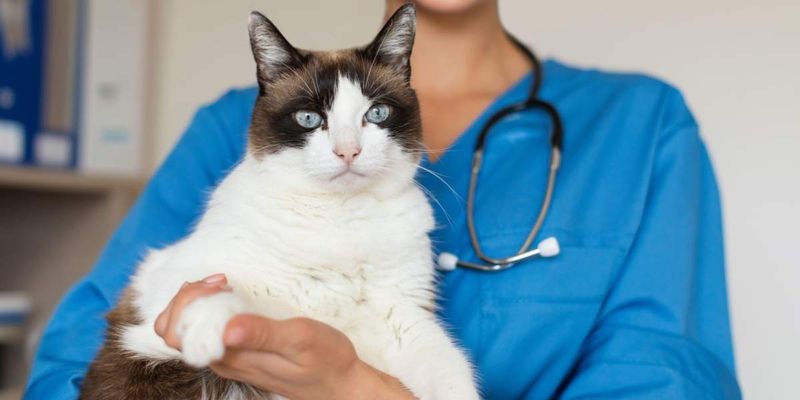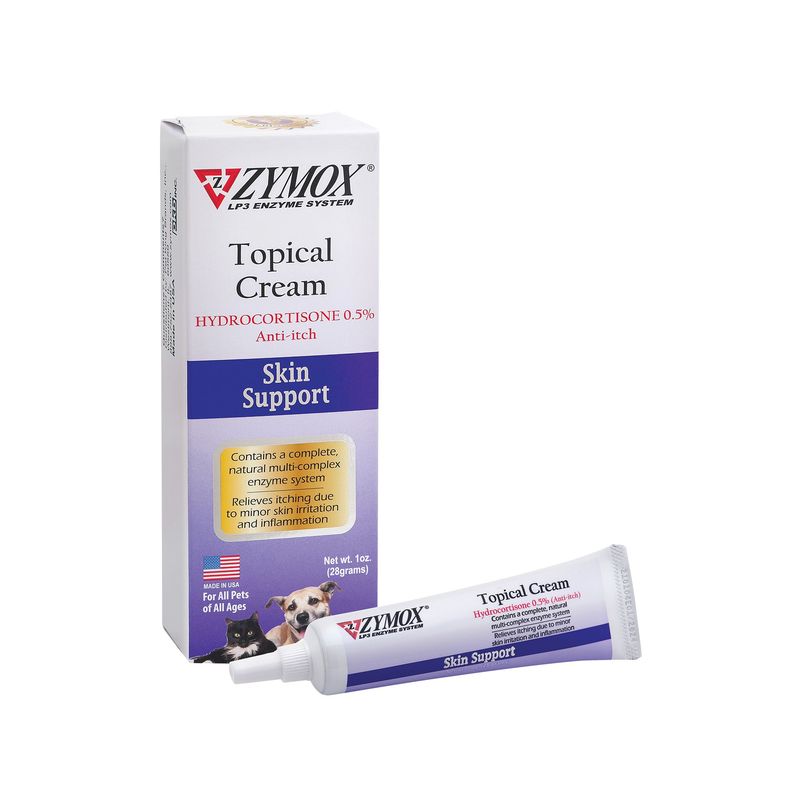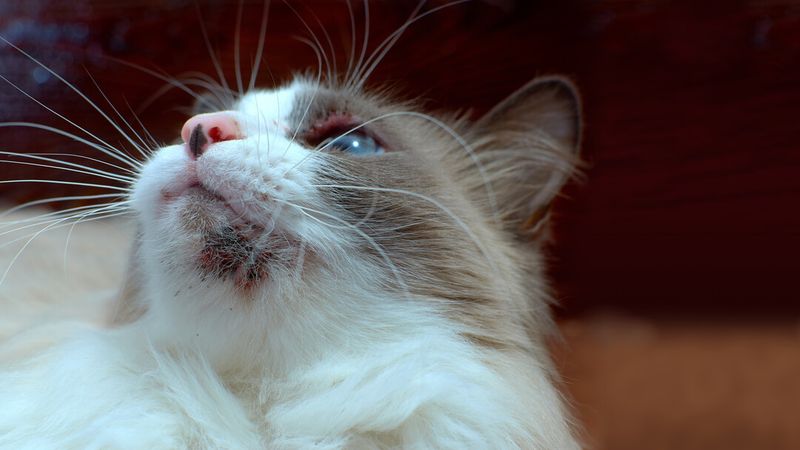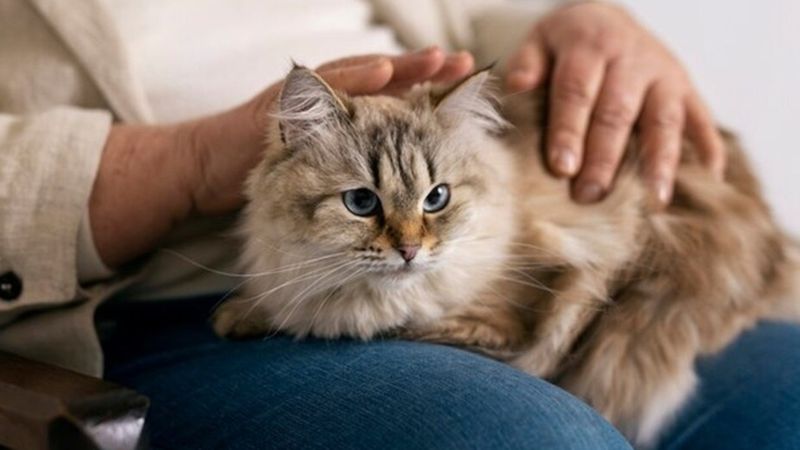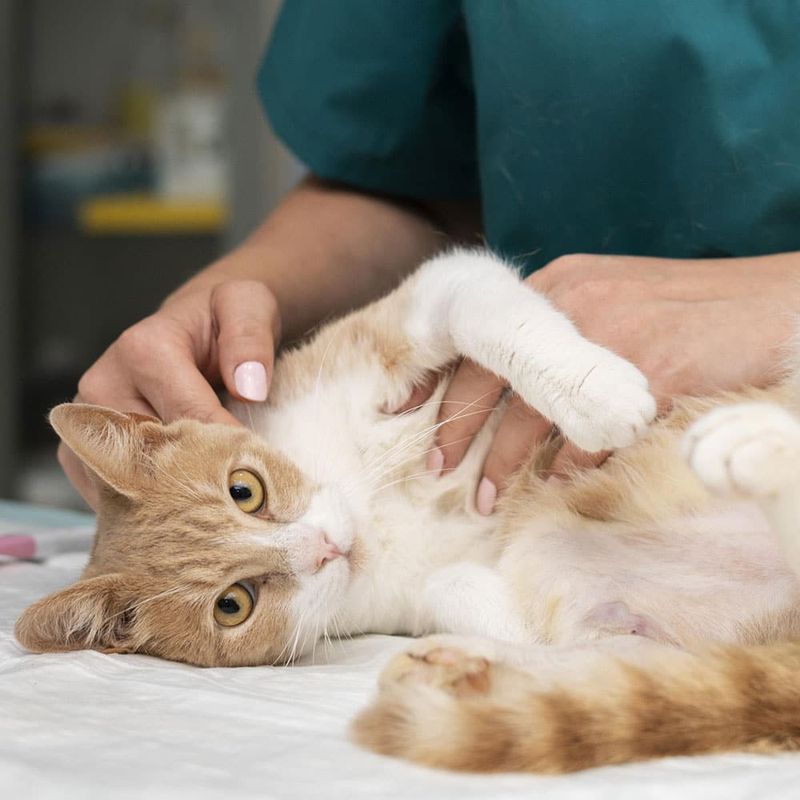📖 Table of Content:
- 1. Overactive Sebaceous Glands
- 2. Hormonal Imbalances
- 3. Poor Grooming Habits
- 4. Plastic Food and Water Bowls
- 5. Stress
- 6. Underlying Allergies
- 7. Dirty Living Environment
- 8. Genetics
- 1. Switch to Stainless Steel or Ceramic Bowls
- 2. Use Medicated Wipes or Cleansers
- 3. Regular Tail and Chin Cleaning
- 4. Neuter Intact Males
- 5. Topical Antibiotic or Steroid Creams
- 6. Oral Medications for Severe Cases
- 7. Maintain a Clean Environment
- 8. Consult a Veterinary Dermatologist
Cats are known for their fastidious grooming habits, but even the most diligent feline can suffer from skin issues like acne and stud tail. These conditions, while often mild, can cause discomfort, inflammation, and in some cases, lead to secondary infections if left untreated. Understanding the underlying causes and knowing how to address them effectively is key to keeping your cat’s skin and coat healthy.
Feline acne typically shows up around the chin and lips as blackheads, redness, or swelling, while stud tail affects the base of the tail with greasy, oily buildup. Though they appear in different locations, both conditions share a common root in the overproduction of sebum — the oily substance secreted by the skin. Factors like hormonal imbalances, environmental conditions, and even genetic predisposition can all contribute to these irritating skin problems.
Fortunately, with careful management, you can treat both acne and stud tail successfully at home or with veterinary assistance. In this guide, we’ll dive into the eight most common causes behind these conditions and the eight most effective ways to treat them. By being proactive, you can ensure your cat enjoys both comfort and a healthy, shining coat.
1. Overactive Sebaceous Glands
The root cause behind many skin problems, overactive sebaceous glands flood the skin with excess oils. When the glands on the chin or tail base produce too much sebum, pores can become clogged, leading to blackheads or greasy buildup. In cats, this often manifests as small black specks or matted fur that feels sticky to the touch. Blocked pores create the perfect environment for bacterial growth, which can escalate a mild case into a painful infection. Especially in young, active cats, sebaceous gland activity can spike unexpectedly. While it’s a natural body function, an overabundance of oil clearly triggers skin irritation. Keeping the skin clean and dry can help counteract this overproduction.
2. Hormonal Imbalances
Hormonal changes are a powerful force that can wreak havoc on your cat’s skin health. Particularly in intact males, hormones stimulate the glands at the tail base, leading to classic stud tail symptoms. Females and neutered males are less commonly affected, but it’s not unheard of in them either. As hormone levels fluctuate with age, maturity, or reproductive cycles, oil gland activity can spiral out of balance. When this happens, acne and stud tail can flare up without any obvious external cause. Neutering is often an effective solution to stabilize these hormonal shifts. Understanding your cat’s hormonal profile can guide more accurate treatments.
3. Poor Grooming Habits
Many cats are meticulous groomers, but those with obesity, arthritis, or underlying illnesses might struggle to clean themselves. Limited grooming allows dirt, oil, and bacteria to accumulate unchecked on the chin or tail. Over time, this buildup clogs pores and irritates the skin, creating perfect conditions for acne or stud tail. Grooming difficulties often go unnoticed until obvious symptoms develop. Observing your cat’s grooming behavior can reveal subtle signs of trouble early on. Helping with regular brushing or spot cleaning can make a significant difference. In many cases, improved grooming habits alone can drastically reduce flare-ups.
4. Plastic Food and Water Bowls
Plastic bowls, while affordable and convenient, can harbor harmful bacteria in tiny scratches and grooves. These bacteria transfer easily to your cat’s chin every time they eat or drink. Even frequent washing might not fully eliminate microbes hidden in the material. Over time, repeated exposure to contaminated surfaces leads to chronic chin acne outbreaks. Stainless steel, ceramic, or glass bowls are much safer options that are easier to sanitize thoroughly. Changing the material of your cat’s dishes is a simple but powerful preventative step. Clean, smooth surfaces ensure your cat’s skin stays healthier and less inflamed.
5. Stress
Stress acts as a hidden trigger that can dramatically worsen skin conditions in cats. Whether caused by environmental changes, new household members, or loud noises, stress weakens the immune system and skin defenses. Stressed cats may also groom less effectively or excessively, leading either to buildup or mechanical irritation. Stress-related hormonal changes can further increase sebaceous gland output. Recognizing the subtle signs of feline stress — such as hiding, aggression, or overgrooming — is crucial. Creating a calm, secure environment can support both emotional and physical health. Alleviating stress often results in noticeably healthier skin and coat.
6. Underlying Allergies
Allergies to food, fleas, or environmental substances can inflame your cat’s skin and worsen sebaceous activity. Constant irritation from allergens makes it easier for pores to clog and become infected. Identifying the specific allergen can be tricky but is crucial for long-term management. Blood tests, elimination diets, or patch testing may be necessary diagnostic steps. Once allergens are reduced or eliminated, acne and stud tail symptoms often subside significantly. Allergies tend to cause systemic inflammation, so the skin may show early warning signs before more serious issues arise. Prompt intervention can spare your cat prolonged discomfort.
7. Dirty Living Environment
An unclean living space provides bacteria and irritants that contribute to skin conditions. Bedding, scratching posts, and favorite lounging spots can accumulate oils, dust, and germs over time. Frequent contact with dirty surfaces exacerbates chin acne and tail gland buildup. Maintaining a sanitary environment is a cornerstone of preventive healthcare for cats. Vacuuming regularly, washing fabrics, and disinfecting hard surfaces dramatically reduce risk factors. Cats with existing acne or stud tail recover faster in cleaner surroundings. A proactive approach to cleanliness benefits not just skin, but overall well-being.
8. Genetics
Some cat breeds seem genetically predisposed to developing acne and stud tail more easily. Persians, Himalayans, and other flat-faced or long-haired breeds are particularly at risk due to their dense coats and unique skin structure. Genetics can influence gland size, oil production, and even grooming efficiency. While you can’t change your cat’s DNA, being aware of their breed-specific risks helps you take early preventive action. Regular grooming and attentive skin inspections are essential for susceptible breeds. Genetic predisposition means extra vigilance is necessary, but proactive care can still achieve great outcomes. Not all cats are equally affected, but some simply need more support than others.
1. Switch to Stainless Steel or Ceramic Bowls
Start by upgrading your cat’s food and water dishes to stainless steel, ceramic, or glass materials. These surfaces resist scratches and bacterial buildup, unlike plastic. Daily washing with hot, soapy water is critical to keeping these bowls safe. Making this simple switch often leads to dramatic improvements in chin acne within a few weeks. Watch closely for reductions in blackheads or swelling once the new bowls are introduced. Replacing old, damaged bowls ensures bacteria are not constantly reintroduced to your cat’s skin. Small changes can yield significant health benefits.
2. Use Medicated Wipes or Cleansers
Incorporating medicated wipes or cleansers into your cat’s routine can gently clear clogged pores and kill bacteria. Look for products containing benzoyl peroxide or chlorhexidine, formulated specifically for pets. Always follow your veterinarian’s advice regarding strength and frequency to avoid over-drying the skin. Gently wiping the chin and tail area once or twice daily can produce noticeable improvements. Persistence and gentle handling are key, as harsh scrubbing can worsen irritation. These products are widely available and offer an easy first line of defense. Many cats tolerate them surprisingly well with consistent, calm handling.
3. Regular Tail and Chin Cleaning
Regular hygiene maintenance is crucial for preventing flare-ups of both acne and stud tail. Use warm water, a mild antiseptic solution, and soft cloths to cleanse the affected areas gently. Routine cleaning removes excess oils, dirt, and debris before they can cause problems. Establishing a regular schedule — even for asymptomatic cats — builds a strong preventive foundation. Keeping fur trimmed short around affected areas can make cleaning easier and more effective. Hygiene habits should become part of your cat’s overall wellness routine. With consistency, skin health will steadily improve.
4. Neuter Intact Males
Neutering male cats often dramatically reduces or even eliminates stud tail symptoms. Without the surge of testosterone, sebaceous glands produce less oil. Veterinarians recommend neutering not just for behavioral reasons but also to support skin health. Recovery from the procedure is usually quick, with positive effects on the coat seen soon afterward. Tail hygiene becomes significantly easier to maintain once hormonal triggers are removed. Many owners report a complete resolution of oily buildup following neutering. Early neutering can prevent the condition from developing altogether.
5. Topical Antibiotic or Steroid Creams
When infections or severe inflammation develop, topical medications prescribed by a vet become essential. Antibiotic creams target bacterial infections while steroids reduce swelling and irritation. Application usually involves a brief cleaning followed by gentle dabbing of the ointment. It’s important to prevent your cat from licking the medication off until it’s absorbed. Using an Elizabethan collar may be recommended during treatment periods. Swift medical intervention can prevent small problems from turning into more serious skin infections. Veterinary guidance ensures safe and effective use.
6. Oral Medications for Severe Cases
In particularly stubborn or widespread cases, oral antibiotics or anti-inflammatories may be prescribed. These systemic treatments address infections that topical creams alone cannot fully resolve. Medication courses typically last between 10 and 21 days, depending on severity. Follow-up visits allow the vet to assess healing and adjust the treatment plan if needed. While most cats tolerate oral medications well, always monitor for side effects like vomiting or lethargy. Severe acne or stud tail symptoms often improve dramatically with proper oral treatment. Targeted drug therapy can be a game-changer for chronic sufferers.
7. Maintain a Clean Environment
Consistent cleanliness in your cat’s environment supports healthy skin and overall wellness. Bedding, litter boxes, toys, and resting areas should be washed or sanitized regularly. Reducing environmental dirt and bacteria limits exposure to skin irritants. Regular vacuuming and air filtration further cut down on allergens and dust. Fresh, clean surroundings provide a strong first line of defense against flare-ups. Cats recovering from acne or stud tail heal faster in sanitized conditions. A clean home is truly a foundation for a healthy cat.
8. Consult a Veterinary Dermatologist
When basic treatments fail or conditions keep recurring, seeking expert help is the best course of action. Veterinary dermatologists have specialized training in diagnosing and treating skin diseases. They can perform advanced testing to uncover hidden causes or prescribe stronger medications. Customized treatment plans often yield faster, more sustainable results. Dermatologists can also recommend tailored grooming and hygiene regimens. Investing in specialist care can drastically improve your cat’s quality of life. Chronic skin issues deserve expert attention and thorough solutions.
